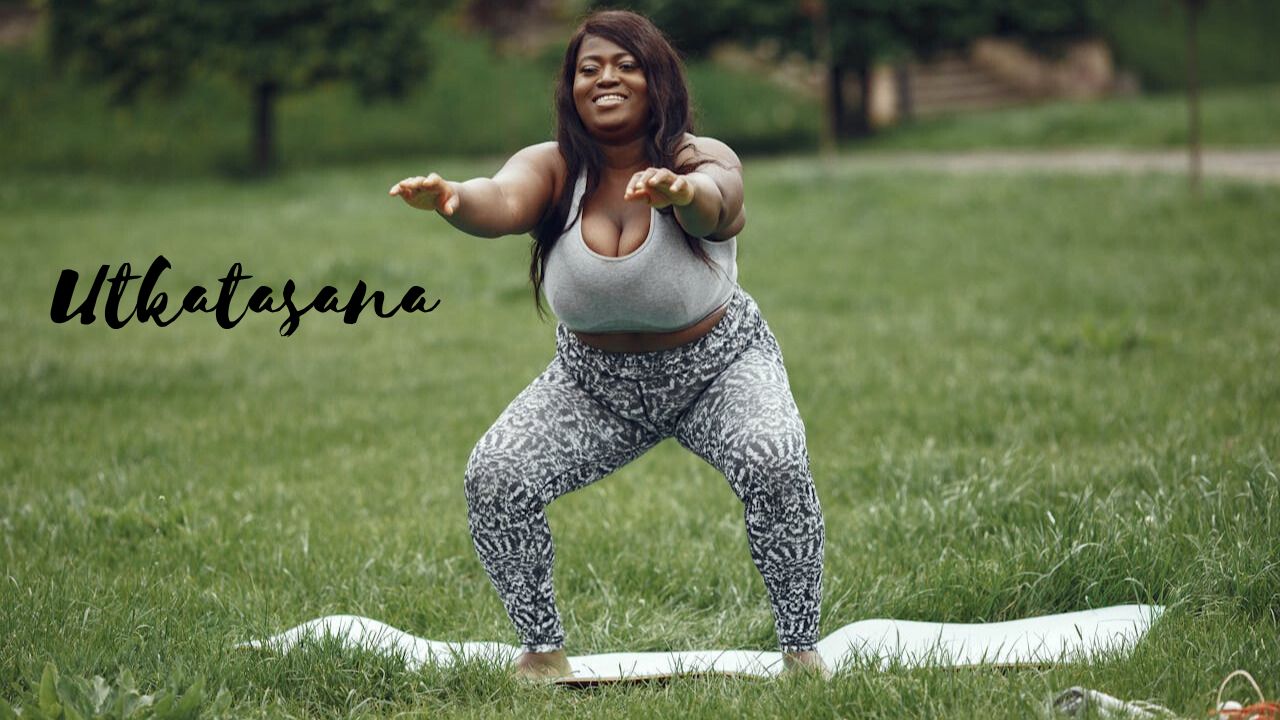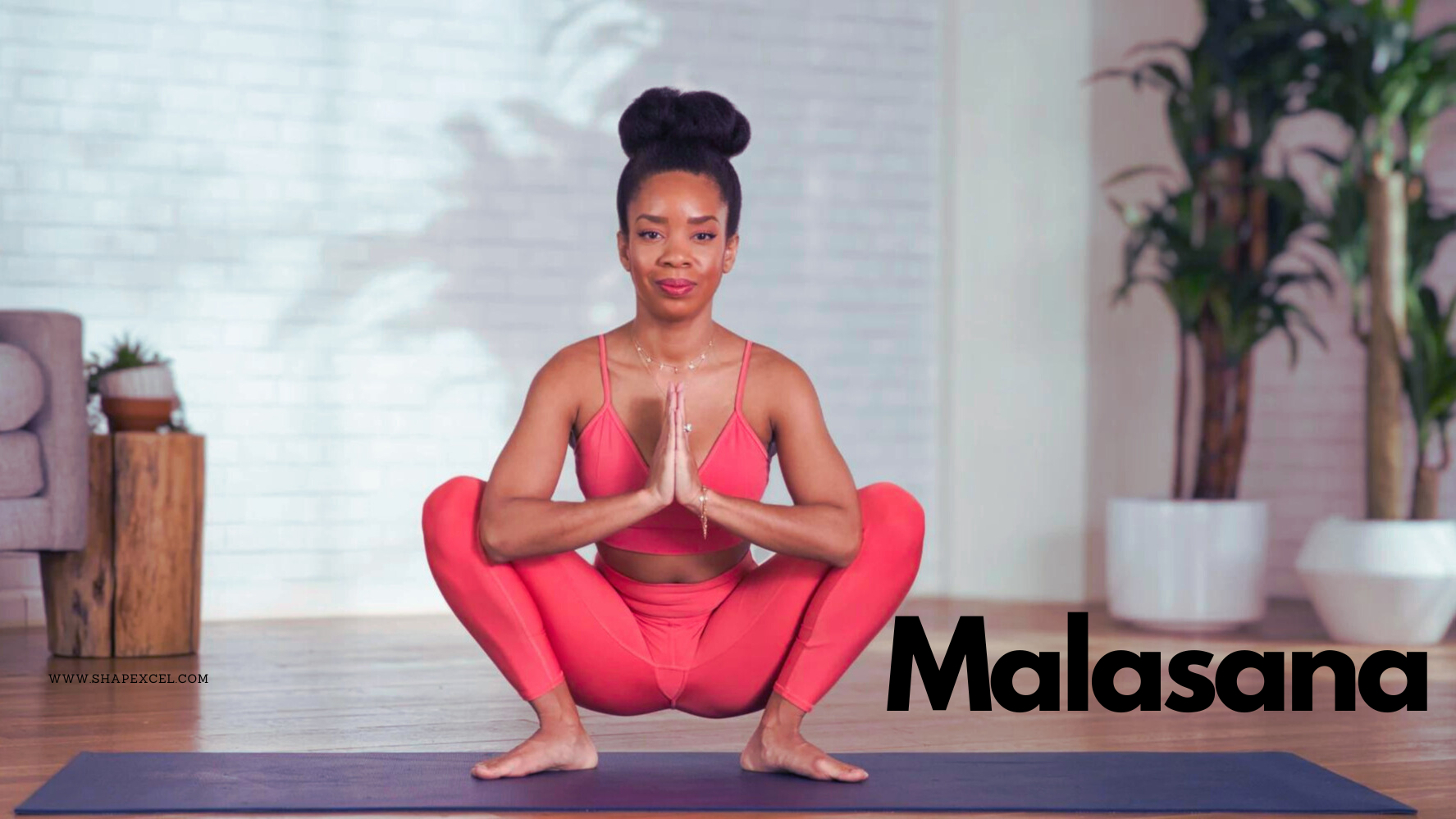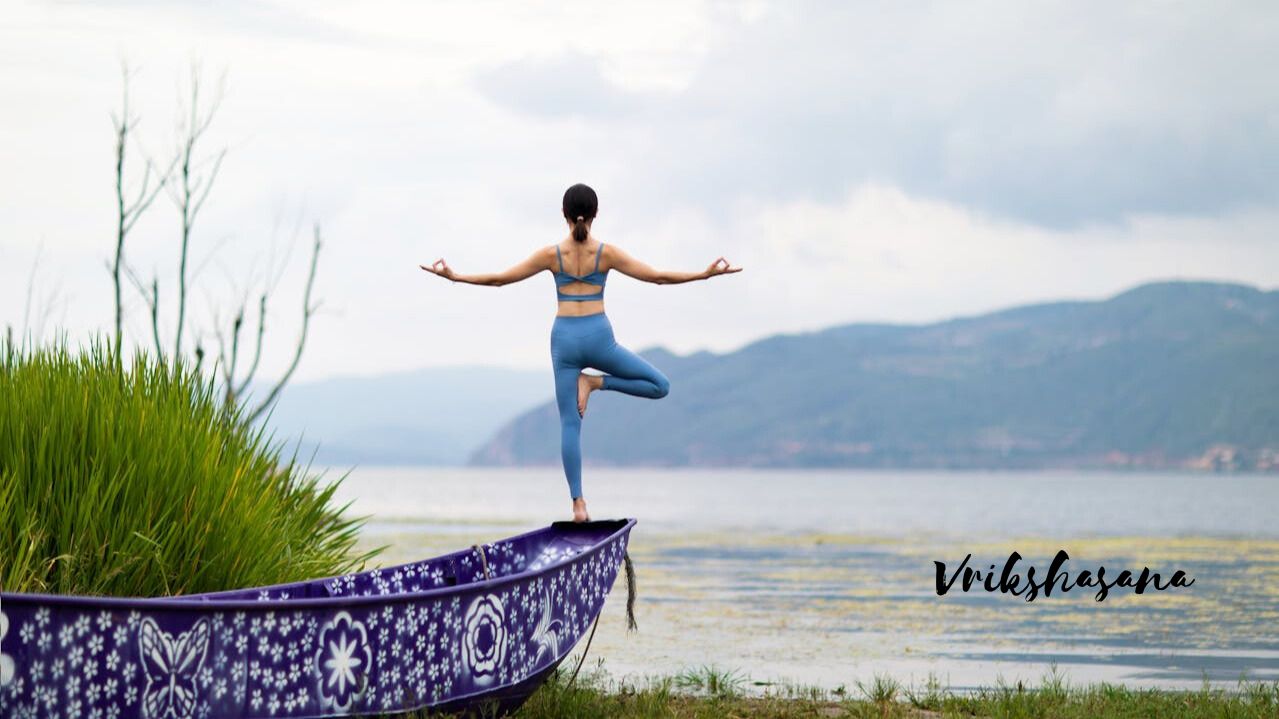Kundalini yoga is a dynamic kind of yoga that combines physical postures, breathing techniques, and meditation in order to awaken and harness the body’s latent energy. The first of the seven chakras, known as the Muladhara Chakra or Muladhara, is situated at the base of the spine. It is linked to emotions of stability, safety, and grounding.
The first of the body’s seven main chakras is known as the Muladhara Chakra or root chakra. It is in charge of our sense of security, stability, and basic survival needs and is situated at the base of the spine. It is linked to the earth element, which grounds us in reality, and the color red.
These nine Kundalini yoga poses have their own set of benefits and features, yet they all especially target and balance the root chakra.
1. Tadasana: The Kundalini Yoga

POSTURE:
(1) Place your feet hip-width apart as you stand.
(2) Balance your weight equally on both feet.
(3) Lean forward, extend your spine, and engage your thighs.
(4) Keep your arms close to your body and allow your shoulders to drop.
(5) Gaze ahead while keeping your breathing in mind.
BENEFITS AND SPECIALITY
As you ground yourself and cultivate a sense of stability and groundedness, Mountain Pose aids in building a strong foundation. It strengthens the legs, enhances focus and concentration, and helps with posture and balance. The development of self-awareness and confidence, two critical components of a balanced root chakra, begins with this position.
This pose of Kundalini yoga is suitable for both beginning and experienced practitioners due to its simplicity and potency. It’s the perfect place to start any yoga sequence that focuses on activating the root chakra and grounding the body.
2. Virbhadrasana I
POSTURE:
(1) After assuming Mountain Pose, take a four-footed step back with your right foot.
(2) Bend your left knee over your left ankle and turn your right foot out slightly.
(3) With your hands facing each other, raise your arms.
(4) Stretch your hips to your spine to maintain your front square.
(5) Hold the stance, then switch sides.
BENEFITS AND SPECIALITY
Virbhadrasana strengthens the buttocks and legs, fostering a strong bond with the ground. It strengthens focus, equilibrium, and stability—all of which are necessary for a stable and grounded root chakra. It also opens the lungs and chest, which enhances energy and respiration.
This position promotes a warrior-like mindset by symbolizing inner fortitude and bravery. Kundalini Yoga is particularly helpful for people who experience anxiety or insecurity since it fosters a sense of empowerment and stability.
3. Utkatasana

POSTURE:
(1) Place your feet together in the mountain pose to begin.
(2) Sit with your knees bent and pretend that you are on a chair.
(3) Raise your arms in a parallel manner or bring your palms together.
(4) Lengthen your spine and maintain your weight on your heels.
(5) Breathe deeply and maintain the pose.
BENEFITS AND SPECIALITY
Chair Pose builds a solid foundation and a sense of grounding by strengthening the legs and core under Kundalini Yoga. It strengthens willpower and endurance, two attributes necessary for a balanced root chakra. Additionally, this stance increases metabolism and stimulates the digestive system.
Utkatasana is a great pose to develop internal strength and flexibility because it tests one’s physical and mental endurance. Kundalini Yoga fosters the growth of steadiness and tenacity.
4. Malasana

POSTURE:
(1) Place your feet slightly wider apart than the width of your hips.
(2) Put your hips as close to the floor as you can while you perform a deep squat.
(3) Bring your palms together at your chest and press your elbows onto your inner knees.
(4) Look forward while maintaining a straight back.
BENEFITS AND SPECIALITY
Garland Pose encourages flexibility, eases tension, and expands the waist and hips. It helps the body get rid of pollutants and grounds it. By balancing the Muladhara Chakra, this pose is great for enhancing emotions of stability and security.
Malasana is a potent pose for people who wish to ground their energies and establish a connection with their inner selves because Kundalini Yoga promotes introspection and emotional release.
5. Vrikshasana

POSTURE:
(1) Place your left foot under your weight and take a standing mountain pose.
(2) Put your right foot on your left leg’s ankle, shin, or inner thigh.
(3) Raise your arms above your head or bring your hands together across your chest.
(4) Stay balanced and focus your attention on the object in front of you.
BENEFITS AND SPECIALITY
For a root chakra that is well-established, tree posture improves stability, balance, and attention. It enhances posture and fortifies the legs. Posing in this manner also fosters confidence and inner serenity.
Vrikshasana represents the rootedness, stability, and flexibility of a tree. In Kundalini Yoga, for people who feel disoriented or ungrounded, in particular, this pose is excellent for fostering mental and emotional stability.
6. Setu Bandhasana
POSTURE:
(1) With your feet hip-width apart and your knees bent, lie on your back.
(2) With your hands facing down, keep your arms by your sides.
(3) Using your thighs and hips, raise your hips toward the ceiling.
(4) Press your arms into the ground and interlace your fingers beneath your back.
(5) Keep the position, then gently release it.
BENEFITS AND SPECIALITY
In kundalini yoga, “Bridge posture” provides a strong base by toning the legs, glutes, and back. It encourages stability and protection by arousing the root chakra. This pose also increases lung capacity and expands the chest.
Setu Bandhasana is ideal for harmonizing physical and emotional energy because it is both uplifting and grounding. While practicing kundalini yoga, those who wish to reduce stress and feel more grounded and secure will find it extremely helpful.
7. Bhujangasana
POSTURE:
(1) Stretch your legs wide and place the tops of your feet on the mat as you lie down.
(2) With your elbows close to your body, place your hands beneath your shoulders.
(3) Raise your chest off the ground by applying pressure with your hands.
(4) Look up while maintaining a small bend in your elbows.
(5) Maintain the position, then gently come down.
BENEFITS AND SPECIALITY
In kundalini yoga, the cobra posture provides a sense of openness and vitality by strengthening the spine and opening the chest. It balances the root chakra and energizes the upper body while stabilizing the lower body. Additionally, this stance enhances digestion and circulation.
For individuals who need to strike a balance between anchoring and opening up, Bhujangasana is great. By boosting self-confidence and physical power, it aids in overcoming phobias and insecurities.
8. Balasana
POSTURE:
(1) With your knees apart and your hands touching your big toes, lie face down on the floor.
(2) Put your heels back and throw your arms out in front of you.
(3) Put your forehead down on the floor and let your body unwind.
(4) Breathe deeply to reduce tension.
BENEFITS AND SPECIALITY
While practicing kundalini yoga, Child’s pose offers a secure environment for rest and reflection and is incredibly empowering and peaceful. It releases tension and stress by gently stretching the hips and back. Posing in this way encourages a sense of stability and groundedness.
The loving pose of balasana facilitates grounding and emotional discharge. Kundalini yoga offers a getaway to reestablish inner balance and serenity, making it ideal for people who are feeling stressed or alone.
9. Savasana
POSTURE:
(1) With your arms at your sides and your legs extended, palms facing up, assume a flat back position.
(2) Shut your eyes and take a slow, deep inhale.
(3) Allow your body to totally decompress and let go of any stress.
(4) Hold this position for a few minutes.
BENEFITS AND SPECIALITY
The ideal grounding stance is the corpse pose, which encourages complete relaxation and reintegration of the body’s energy. It improves general health, eases tension, and soothes the neurological system. Asana fortifies the advantages of your yoga practice.
For recharging and centering, savasana is a must. Since it facilitates total surrender and letting go, it is essential to any yoga practice that aims to balance the root chakra.
Conclusion
The root chakra (Muladhara) will become much more balanced and stable if you incorporate these nine Kundalini yoga poses into your practice. Every posture nurtures the mind and spirit in addition to strengthening the body, encouraging a profound sense of inner peace, security, and grounding. Always practice kundalini yoga with awareness and pay attention to your body, letting the advantages of each pose come to you organically.
What is the root chakra, and why is it important in Kundalini yoga?
The first chakra at the base of the spine is called the root chakra, or Muladhara. It is linked to emotions of stability, safety, and grounding. As the base of the body’s energy flow, the root chakra is crucial to balance in Kundalini yoga. The sense of security and stability that a balanced root chakra offers is crucial for both mental and physical health.
How can Kundalini yoga help balance the root chakra?
The chakras are activated and balanced by Kundalini yoga through a combination of physical postures (asanas), breathing exercises (pranayama), meditation, and chanting. Particular poses for the Muladhara chakra emphasize connecting to the earth, strengthening the legs and core, and grounding the body. These exercises support a balanced and secure root chakra by releasing blockages and enhancing energy flow.
What are the symptoms of an imbalanced root chakra?
The symptoms of an unbalanced root chakra might be psychological, emotional, or physical. Physically, one can have digestion troubles, leg troubles, or lower back pain. It can cause emotional and psychological effects such as worry, dread, restlessness, and insecurity. Other common symptoms include feeling useless overall, having trouble sustaining healthy relationships, and experiencing financial instability.
How often should I practice Kundalini yoga poses to balance my root chakra?
A key component of Kundalini yoga is stability. Maintaining balance can be facilitated by performing Mula Chakra Asana three or four times a week. Nonetheless, regular practice—even for a short while—can be quite helpful. The length and frequency are determined by your unique requirements and way of living. Pay attention to your body and modify your workouts as necessary.
what yoga pose is good for the root chakra?

Tadasana, or mountain pose, works wonders for the Muladhara Chakra. This grounding position strengthens your base, encourages stability, and re-establishes your connection to the soil. It promotes equilibrium and security, both of which are necessary for a strong root chakra. Place your feet together, stand erect, and flex your legs.
How many poses are in kundalini yoga ?

Many different postures are used in kundalini yoga, and these postures are frequently combined into sets known as kriyas. There are hundreds of stances, each intended to awaken a distinct energy, despite the fact that there is no defined quantity. To accomplish particular physical and spiritual objectives, kriyas may incorporate breathing exercises, meditation, and various postures.

